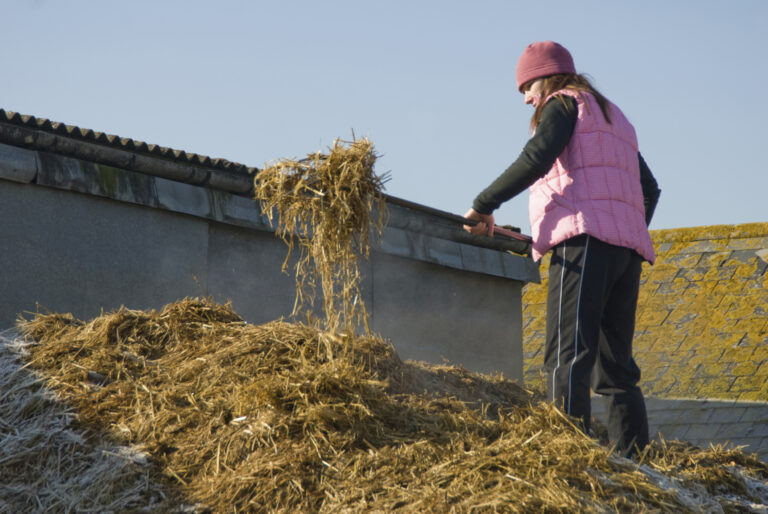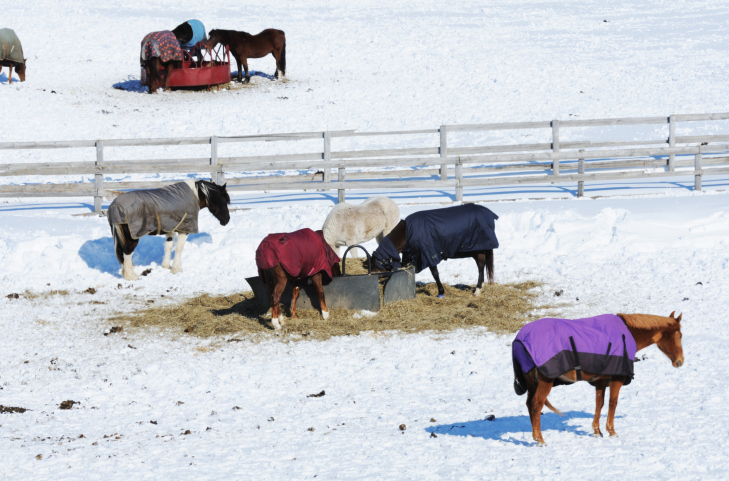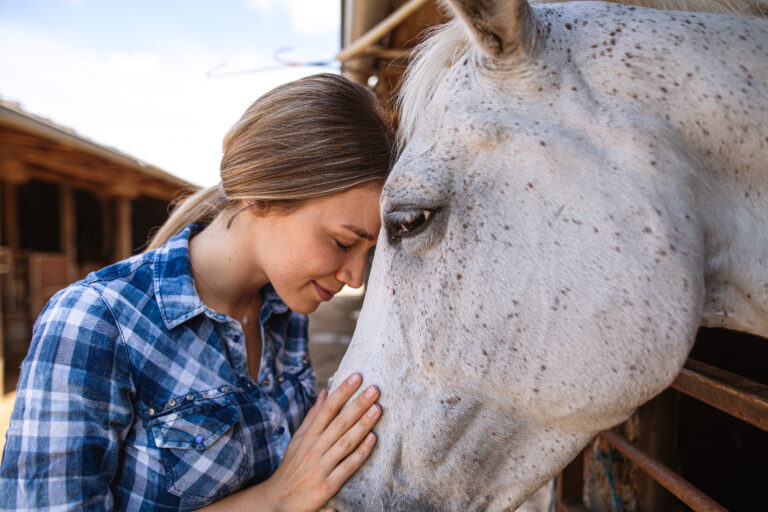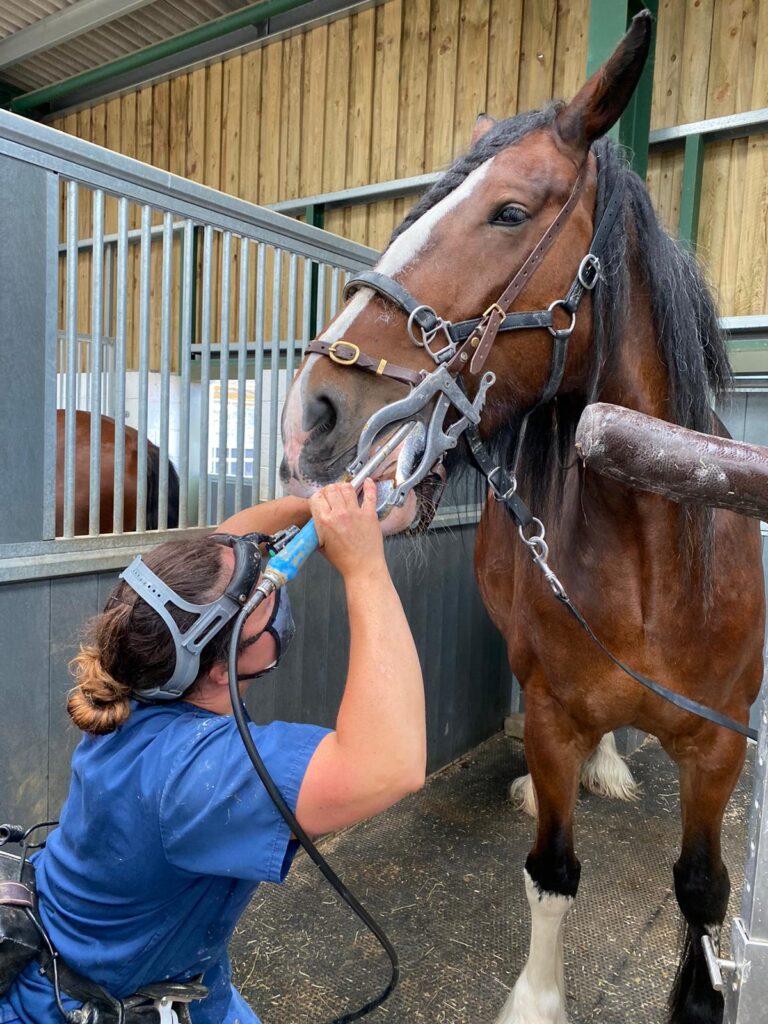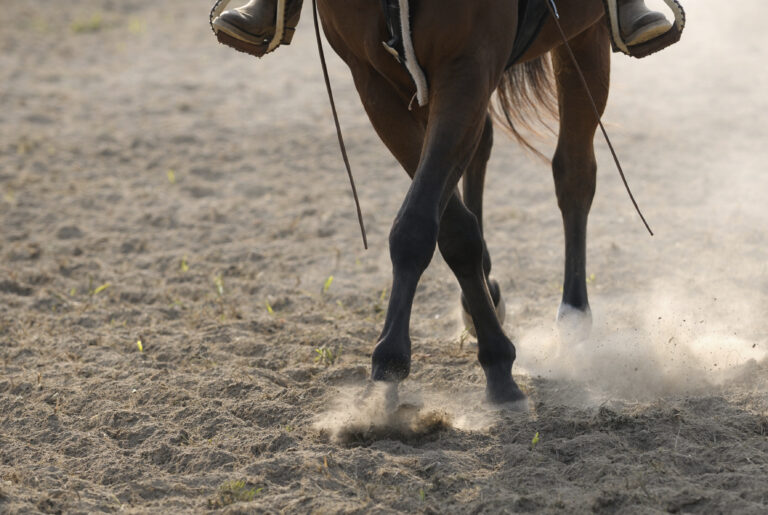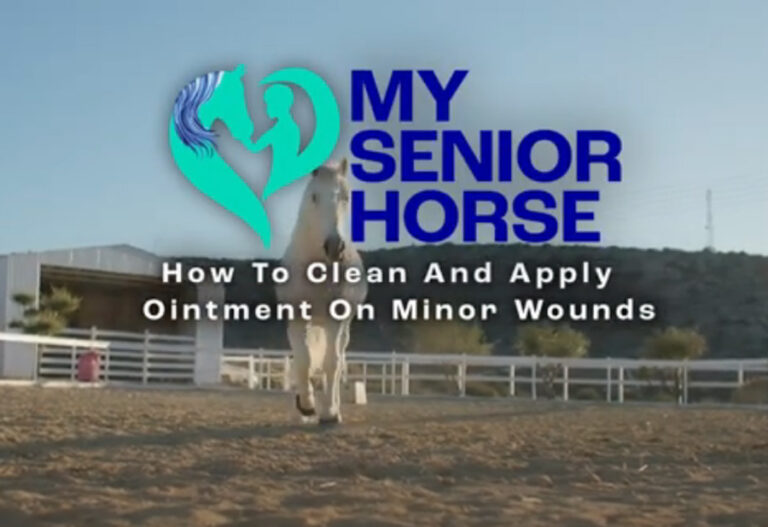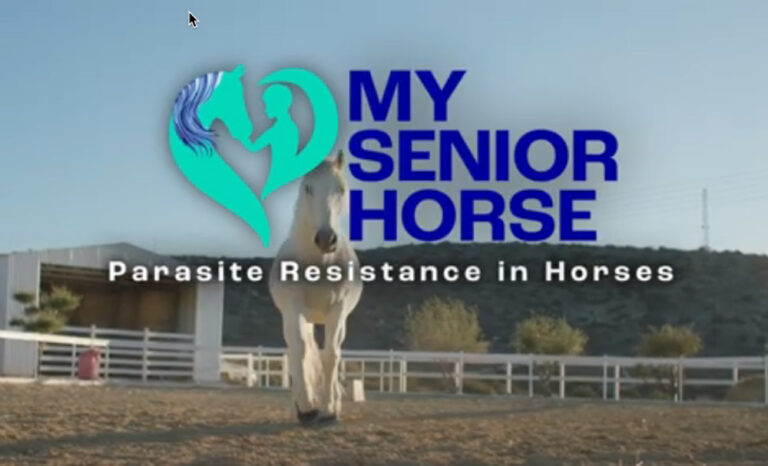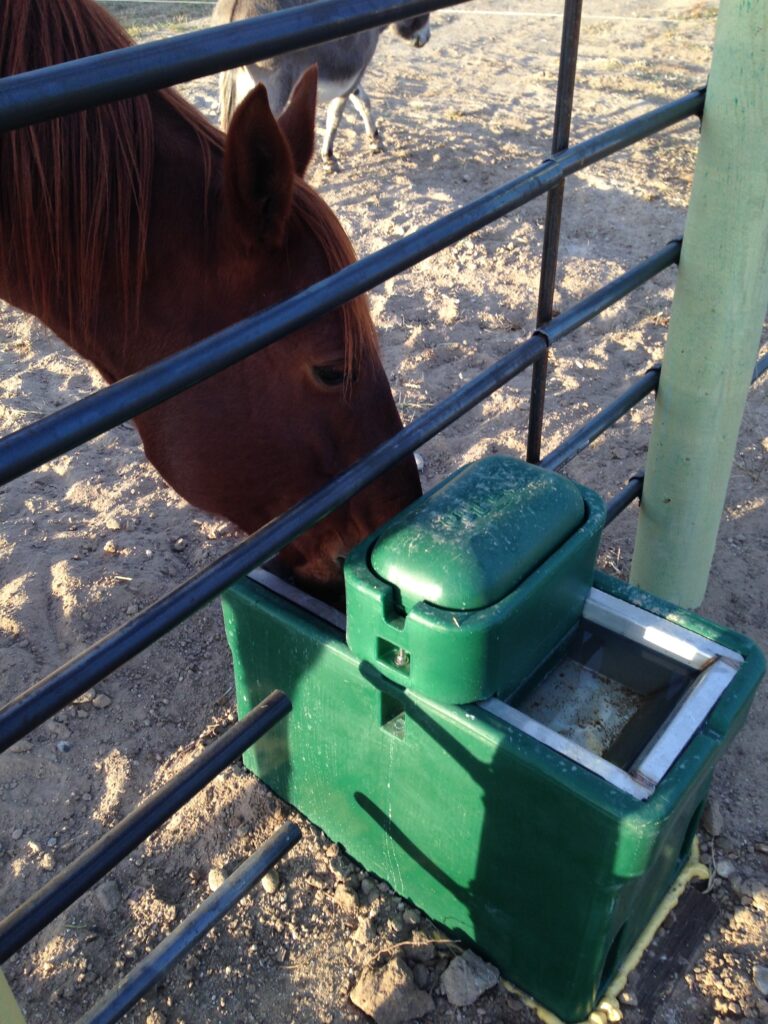In this video, Dr. Christine Johnson shows us how to assess whether your horse has sand in its feces. This is important because sand colic or gastrointestinal discomfort can result from ingesting too much sand with feed or forage.
(Editor’s note: The content of this video is the expert’s approach to the topic. Please consult with your practitioner if you have questions.)
Step by Step
Get prepared for this test by having a clear, resealable plastic bag and some water available. You can use a glove to avoid getting your hand dirty when selecting a fecal ball.
Take a fecal ball from the top of a pile of feces from a specific horse. Do not take one that has touched the ground because that could contaminate it with additional debris and sand.
Put the fecal ball in a clear, resealable plastic bag. Add water and seal the bag. Mash the fecal ball up in the water until it is dissolved.
Hang the bag for at least five minutes.
After at least five minutes, go back and feel the bottom of the plastic bag. You are trying to see if there are small pebbles or sand/grit that has sunk to the bottom of the bag.
If you find sand or other sediments, talk to your veterinarian to see what you can do to avoid colic in your horse.
Management to Decrease Sand Consumption
There are things you can do to reduce the risk of sand consumption in your horse.
The best thing to do is feed your horse grain or hay on a mat or in a feed tub. This will keep it from accidentally ingesting sand or debris when eating. Horses that drop feed on the ground often will try to pick through the dirt to get the final grains or pellets.
Nose bags for concentrate feeds, supplements, or pellets also can be used to ensure horses are not ingesting debris along with dinner.
Additional Videos
Listening To and Interpreting Gut Sounds. MySeniorHorse.com
-
Editors of My Senior Horse are journalism professionals, most of whom are lifelong horse owners.View all posts




